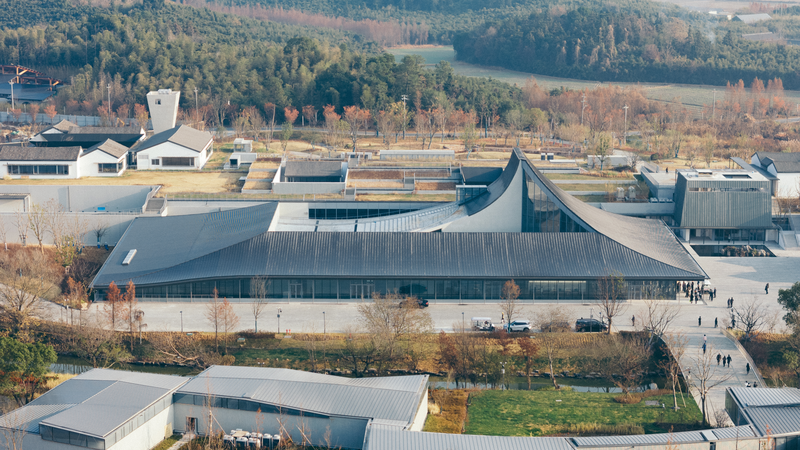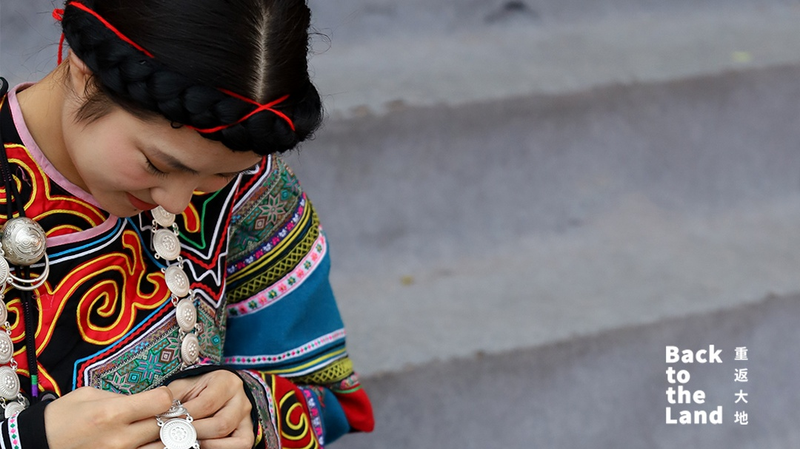When archaeologists cracked open the untouched tomb of Zhao Mo—the second ruler of the Nanyue Kingdom— during the 1980s excavations just outside modern-day Guangzhou, in Guangdong Province on the southern Chinese mainland, they stumbled on more than local treasures. Tucked into the burial chamber was a Persian-styled silver box adorned with intricate floral motifs. Nearby lay African ivory tusks and blocks of frankincense from the Red Sea coast.
These rare finds rewrite our history books. They prove that 2,000 years ago, Guangzhou—then the heart of the Nanyue Kingdom—was already a thriving global trade hub. Traders and travelers navigated deserts, seas and mountain passes to bring exotic goods to China’s southern frontiers.
Imagine Nanyue merchants as the world’s first “global shoppers,” browsing foreign wares from Persia to East Africa. Zhao Mo’s silver box isn’t just a beautiful relic—it’s a symbol of how cultures connected across continents long before the Silk Road reached its peak.
Fast-forward to today, and Guangzhou’s gleaming skyline and busy ports echo that ancient heritage. The city remains a gateway between worlds, linking China’s booming economies with markets across Asia, Europe and beyond. The silent silver box may rest in a museum, but its story of cross-cultural ties still shapes our global story.
Reference(s):
How Persian silverware ended up in Guangzhou 2,000 years ago
cgtn.com




